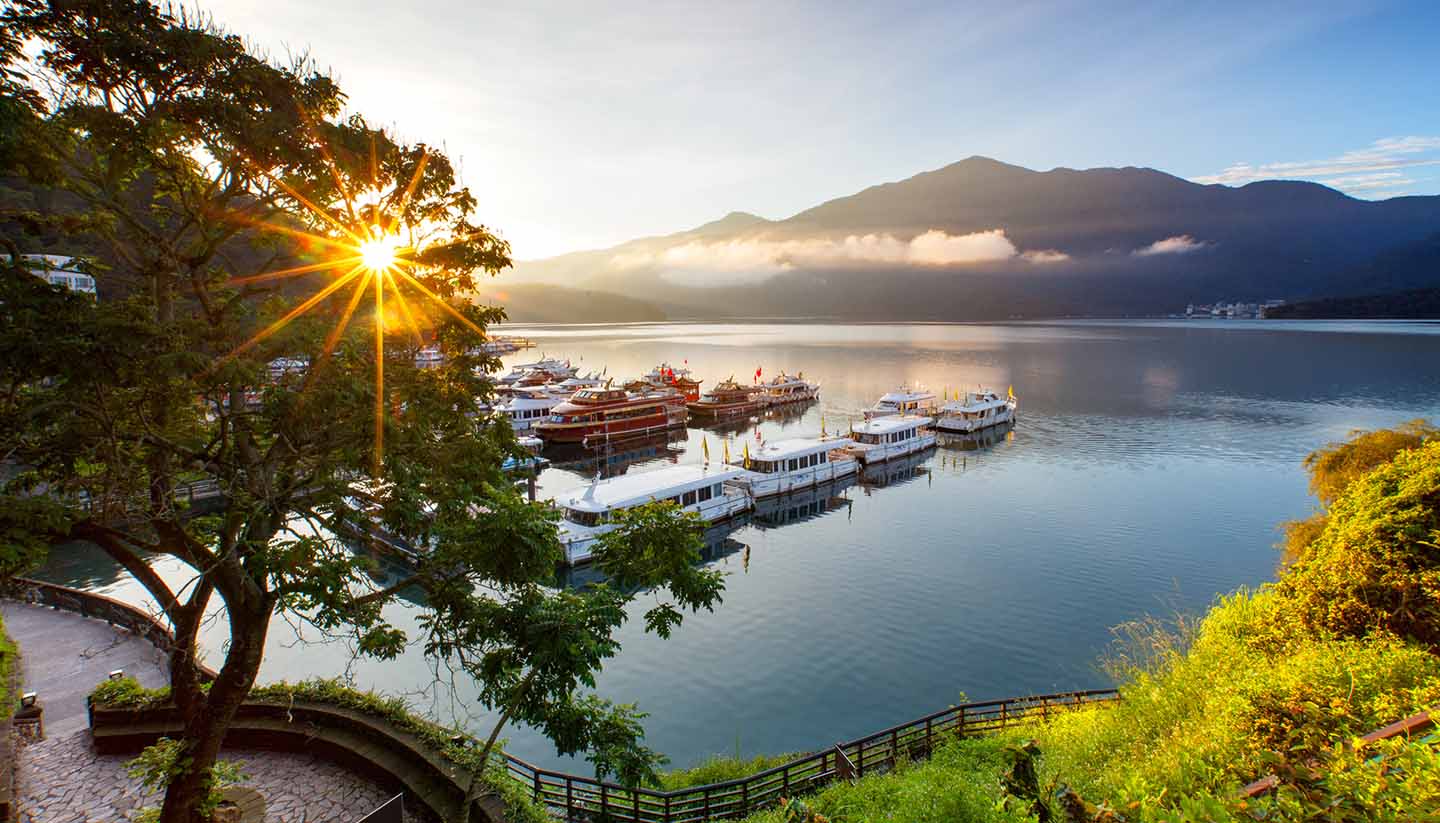Taiwan, a vibrant island nation with a rich cultural heritage, celebrates a multitude of festivals throughout the year. These festivals, rooted in both traditional beliefs and modern practices, showcase the island’s unique blend of Chinese, indigenous, and contemporary influences. Here are some of the major festivals that highlight Taiwan’s cultural diversity and community spirit.
Chinese New Year (Lunar New Year)
Chinese New Year, also known as the Spring Festival, is the most significant and widely celebrated festival in Taiwan. It usually falls between late January and early February, marking the beginning of the lunar calendar. The festivities last for about two weeks, with families gathering for reunion dinners, giving red envelopes (hongbao) filled with money for good luck, and performing traditional lion and dragon dances. Temples are crowded with people praying for prosperity and good fortune in the coming year. Fireworks light up the sky, adding to the festive atmosphere.
Lantern Festival
The Lantern Festival marks the end of the Chinese New Year celebrations and is celebrated on the 15th day of the first lunar month. One of the most famous events is the Pingxi Sky Lantern Festival, where thousands of glowing lanterns are released into the night sky, carrying wishes and prayers for the coming year. Another spectacular event is the Yanshui Beehive Fireworks Festival, where participants brave a shower of fireworks in an exhilarating and loud display meant to ward off evil spirits.
Dragon Boat Festival
Held on the fifth day of the fifth lunar month, the Dragon Boat Festival commemorates the ancient poet Qu Yuan. The festival is marked by thrilling dragon boat races, where teams row in unison to the beat of drums, competing for glory. Traditional customs include eating zongzi, sticky rice dumplings wrapped in bamboo leaves, and hanging calamus and mugwort on doors to ward off evil spirits.
Mid-Autumn Festival
The Mid-Autumn Festival, also known as the Moon Festival, is celebrated on the 15th day of the eighth lunar month. It is a time for family reunions and moon gazing. People enjoy eating mooncakes, which are round pastries filled with various sweet or savory ingredients, symbolizing unity and completeness. Lanterns are lit, and some people even partake in the tradition of guessing lantern riddles. The festival also coincides with the harvest season, making it a time of thanksgiving and celebration.
Ghost Festival
The Ghost Festival, observed on the 15th day of the seventh lunar month, is a time when it is believed that the spirits of the deceased return to the mortal world. Families prepare elaborate feasts and offer food, incense, and paper money to appease these wandering spirits. Rituals and ceremonies are held to honor ancestors and seek protection from malevolent ghosts. The festival is particularly important in Taiwan’s traditional folk religion and is marked by a mix of reverence and celebration.
Double Ten Day (National Day)
Double Ten Day, celebrated on October 10th, is Taiwan’s National Day. It commemorates the start of the Wuchang Uprising in 1911, which led to the establishment of the Republic of China. The day is marked by a grand parade in front of the Presidential Office Building in Taipei, featuring military displays, cultural performances, and fireworks. It is a day of patriotic pride and national unity.
Conclusion
The major festivals of Taiwan are a testament to the island’s rich cultural tapestry and the enduring traditions that bind its people together. From the exuberant celebrations of Chinese New Year to the reflective rituals of the Ghost Festival, each event offers a unique glimpse into Taiwan’s diverse heritage. Whether you are a local or a visitor, participating in these festivals provides a profound and joyous experience of Taiwan’s vibrant culture.




